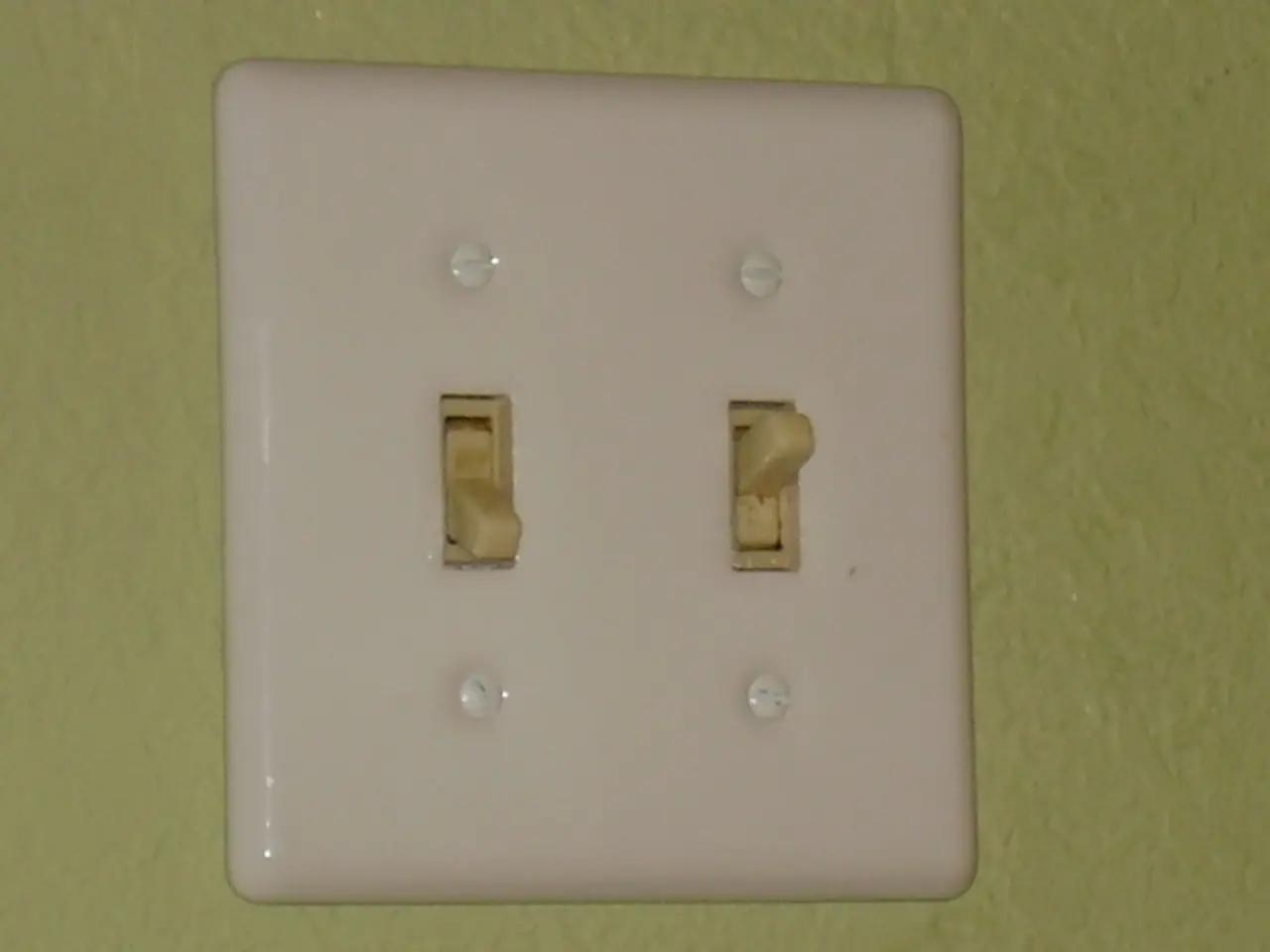Upgrading Switchgear: Top 3 Strategies to Consider
In the heart of industrial facilities, switchgear plays a pivotal role in the electrical power distribution system. Its importance cannot be understated, making regular maintenance and updates crucial for ensuring the safe and efficient distribution of power.
Switchgear, often referred to as the "guardian of the grid," regulates the flow of electricity and protects against overcurrents and short circuits. As facilities age, these components become less reliable and more prone to failure. Delaying switchgear replacement can lead to unplanned downtime, safety hazards, and significant financial losses.
To avoid such risks, the best practices for updating or modernizing aging switchgear include early proactive modernization, retrofitting rather than full replacement, and incorporating digital monitoring technologies.
Begin modernization projects well before the equipment reaches end-of-life (typically 25-40 years), rather than waiting for failure. This approach reduces the risk of costly downtime and safety hazards. Upgrading critical components such as circuit breakers and protective devices can also significantly cut equipment and labor costs. Compared to full system replacement, these upgrades can be completed in as little as 25-30 weeks.
Retrofitting existing switchgear with modern safety features and protection technologies preserves investment and extends equipment life by improving reliability and safety without complete teardown. This approach also enables the incorporation of intelligent digital upgrades, such as sensor-monitored devices and digital switching, which allow for continuous health monitoring and early detection of equipment degradation.
Before designing tailored upgrade plans, it's essential to conduct thorough site assessments and define retrofit objectives according to operational needs. This ensures integration with existing systems and scalability for future demands. Considering hybrid solutions such as gas-insulated and air-insulated switchgear combinations for refurbishment projects can also save space and enable modernization while maintaining system operation.
Finally, perform comprehensive testing, commissioning, and operator training post-upgrade to ensure safety compliance, operational reliability, and a smooth transition. These practices collectively reduce unplanned downtime, enhance safety, optimize costs, and improve operational efficiency for aging industrial switchgear systems.
In summary, the best approach involves early planning, cost-effective retrofits with modern technology and digital monitoring, thorough planning and testing, and selecting appropriate hybrid or digital solutions to maintain safety and reliability. Updating switchgear not only helps prevent potential safety hazards and unplanned downtime but also ensures safe and efficient power distribution to industrial facilities.
The manufacturing industry heavily relies on switchgear, as it regulates electricity and protects against electrical hazards, making the finance sector essential for funding the necessary updates and modernization in these facilities. With advanced technology incorporated into the retrofitted switchgear, the overall efficiency and safety of industrial operations can be significantly enhanced.




